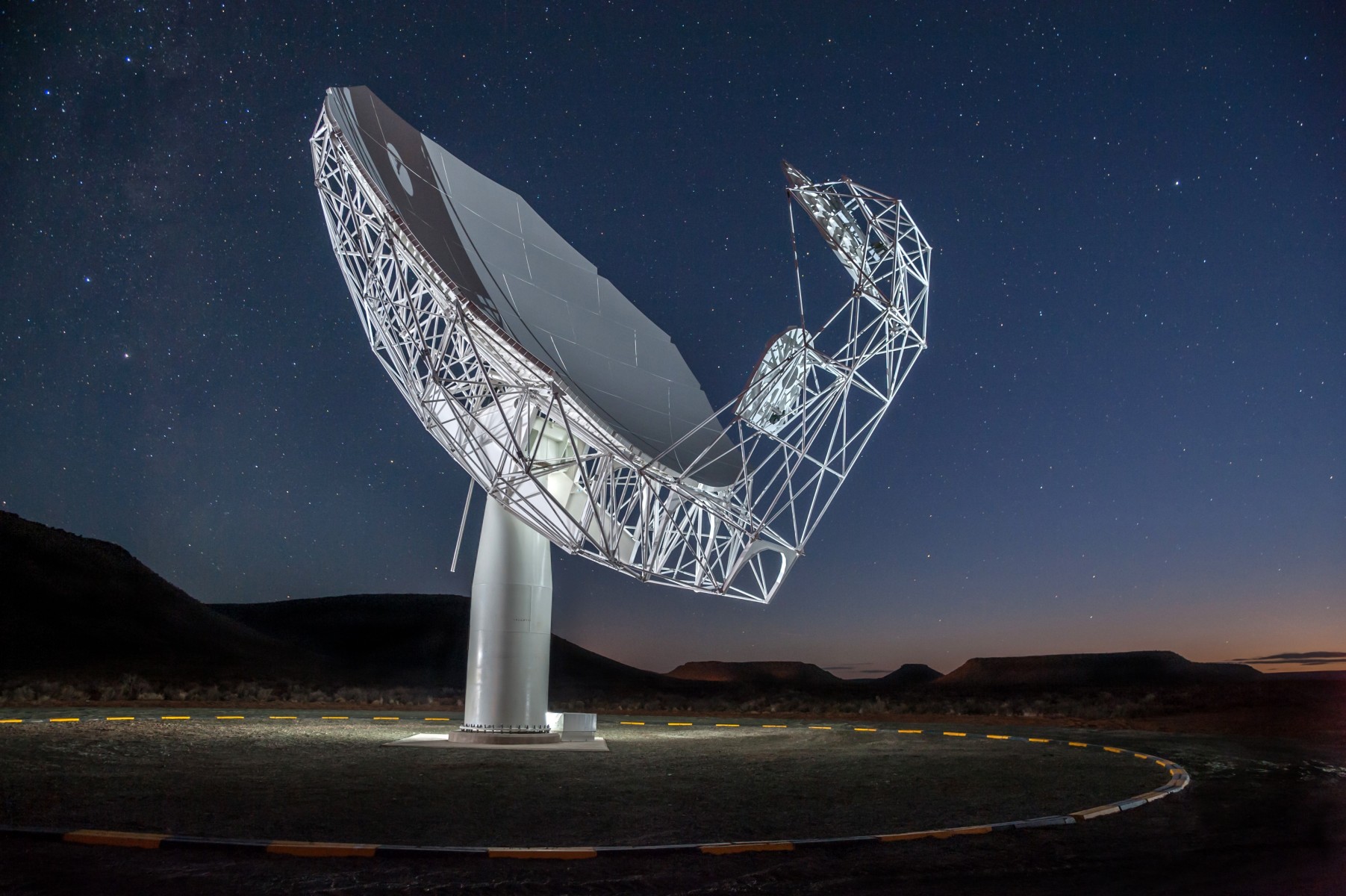Not so long ago, there was a popular opinion that a powerful telescope must necessarily be very, very large. Even more than the 500-meter Sky Eye. But practice has shown that it is much cheaper and more efficient to build an array of several small telescopes scattered over a large area. This is how projects such as the Event Horizon Telescope work, thanks to which humanity received the first image of a black hole.

The upcoming project called Square Kilometer Array Observatory (SKAO) is to become the world’s largest radio telescope, which will stretch in size from South Africa to Australia. Eventually, it is assumed that it will have thousands of antennas with a total opening area of more than one square kilometer. This will allow the telescope to look so far away that it can see everything up to the early stages of the universe.
SKAO is currently under construction. But before it can be used for scientific purposes, it is necessary to check it. This is the work of MeerKAT, an array of 64 antennas in South Africa, which will later become part of the SKAO system. Recently, astronomers from the SKAO headquarters in the UK checked the data of the South African 64 plates separately and with their help formed the most detailed large-scale picture of the Universe.
This is the first time such an observation has been made using an array of multiple dishes operating as separate telescopes. The full SKAO will build on this technique, and therefore this marks an important milestone in the roadmap for cosmological science. The study is available in the archive of arXiv preprints.
At the same time, the James Webb Space Telescope will explore the black hole at the center of the Milky Way.
Follow us on Twitter to get the most interesting space news in time
https://twitter.com/ust_magazine
